This article was updated on 1/13/22.
Please note: As we continue to learn more about COVID-19, the information in this article may change. You can find our most up-to-date information about coronavirus here.
The new Centers for Disease Control and Prevention (CDC) guidelines for individuals who are fully vaccinated do not change the guidance for children (or any unvaccinated individuals). Families have been asking questions about how they should respond to balance protection for their children and community with minimizing unnecessary precautions.
Fortunately, children ages 5 and older are now eligible for the COVID-19 vaccine. This will further reduce community spread and help us move closer to heard immunity for the novel virus. At Children’s National, we continue to encourage all individuals to get the vaccine as soon as they are eligible. If you have concerns about the vaccines for yourself or your child, please discuss them with your medical providers. You may be surprised about the safety and efficacy of the vaccines, even for many of our medically complicated patients.
For now, children under the age of 5 continue to wait for access to COVID-19 vaccines, leaving many families feeling uncertain about the reduction of community mask use and wondering which activities are safe for young children and their families. Families should continue to familiarize themselves with the most recent CDC guidelines and remember that children who do not yet have access to vaccines fall under the “unvaccinated” column and should follow that set of guidelines.
Wearing masks remains important for children over the age of 2 years, especially if they will be in close contact (less than 6 feet) with children or unvaccinated adults outside of their family. This applies even when kids are outdoors. Here are a few suggestions to support your family during this time of transition:
1. Parental (and teacher!) modeling for wearing masks remains important.
Children will follow the lead of their parents and other role models, such as teachers and babysitters. By continuing to wear masks with your children when in public spaces (indoors or outdoors), you can help your kids see that it is normal, not difficult, and it’s a fair, whole-family plan.
You can continue to talk about the benefits of masks to keep yourselves and others healthy. Be careful not to discuss discomforts or dislike of masks — this can plant ideas for kids that have not experienced discomfort.
2. Share WHY mask wearing behavior may be changing.
Knowing why changes are happening helps kids feel calm, confident, and safe. Make sure you alleviate any anxiety or worry your child might have about seeing individuals without masks — explain to them that scientific research shows it’s safe for vaccinated individuals to do many things without masks.
Also be sure to talk about your family’s plan to continue to stay safe and the impact on kids (see below).
3. Discuss your new plan as a family.
Talk as a family about how the new guidelines will (or will not) change your family’s activities. For some families, things will remain the same — they will continue to wear a mask when within 6 feet of anyone outside of the family – whether inside or outside.
Other families may consider additional precautions, such as reducing the time children spend in crowded spaces or indoor areas. If you do add more precautions, be sure to share your reasons for these changes with your children. For example, in crowded areas where parents cannot verify if those without masks are vaccinated, families of young kids may avoid taking children. Parents can share: “To keep us all safe, we do not want to be without masks and close to anyone outside our house. So, for now, our family will not have kids going to X.”
Remind kids that this is not forever — just for now, and end by talking about fun things your family CAN do.
4. Discuss the benefits of the vaccines.
Talk to your kids about the wonders of science and how vaccines are helping our community stay healthier and reducing the spread of the novel coronavirus. Be sure to explain that scientists are working on vaccines for kids — they are coming soon…we just need to continue to wait!
5. Talk about a timeline.
Let your kids know that while we don’t know for certain, we are hopeful that younger kids will get access to vaccines soon — but it will not be this summer.
Trials (research studies) are currently underway. Scientists need to test vaccines on children to make sure they are safe, that they work and that they know how much of the vaccine kids need.
Assure your child that you will tell them as soon as kids can get the vaccine.
6. Validate concerns or frustrations about masks/waiting for vaccines.
Help your child identify the emotions behind their mask frustrations (for example, they may be impatient waiting for a vaccine or frustrated that they still need masks when it is hot outside).
Try empowering your child by discussing a plan and providing options. For example, let them choose which mask they would like to wear. Give them options for safe times when they don’t need to wear a mask (e.g., at home, outside when far away from people outside the family).
It might help to remind your children that masks give us more freedom, so we can do things like play sports outside, attend school or play on the playground near other kids.
7. Prepare for vaccines.
If your child is particularly afraid of getting shots, use the summer to help prepare for the vaccine, building their skills (e.g., relaxing breathing strategies, muscle relaxation) and confidence in their plan for getting a shot. You can find more tips for managing pain and preparing kids for injections on the Meg Foundation website. Having a plan reduces fear, which reduces muscle tension, and reduces pain associated with shots!
As we enter another time of social negotiations, you should remember that there is more than one reasonable approach. Each family has their own factors that will impact their decisions. And there is no risk-free option. Balancing COVID precautions includes considering overall physical health and mental health for each family member. Remember, you can discuss any concerns with your child’s medical providers…they are here to help!
 https://riseandshine.childrensnational.org/wp-content/uploads/2020/11/person-being-vaccinated-feature.png
300
400
Rise and Shine
https://riseandshine.childrensnational.org/wp-content/uploads/2017/11/childrens_riseandshine_logo.jpg
Rise and Shine2025-05-15 07:00:242025-05-23 10:39:33Answers to your questions about the COVID-19 vaccine and booster for children
https://riseandshine.childrensnational.org/wp-content/uploads/2020/11/person-being-vaccinated-feature.png
300
400
Rise and Shine
https://riseandshine.childrensnational.org/wp-content/uploads/2017/11/childrens_riseandshine_logo.jpg
Rise and Shine2025-05-15 07:00:242025-05-23 10:39:33Answers to your questions about the COVID-19 vaccine and booster for children


 Laura Gray, PhD, was a clinical psychologist at Children's National Hospital.
Laura Gray, PhD, was a clinical psychologist at Children's National Hospital.
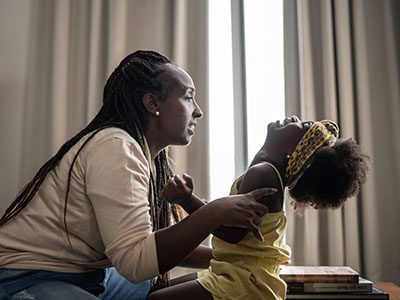
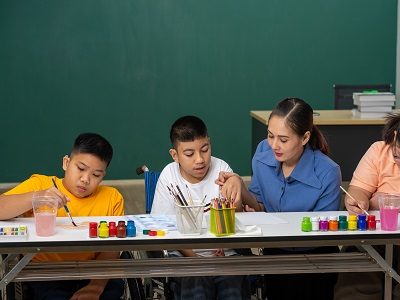
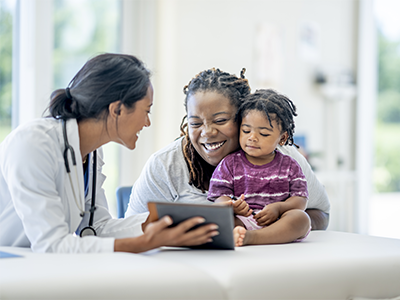
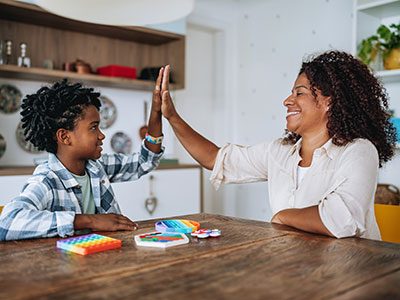
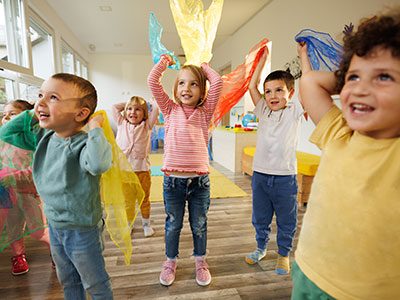
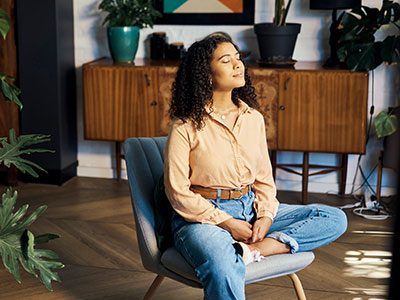

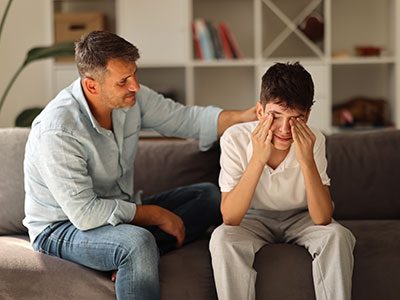


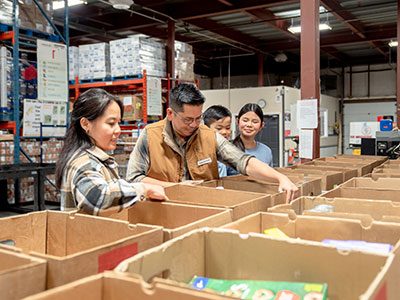

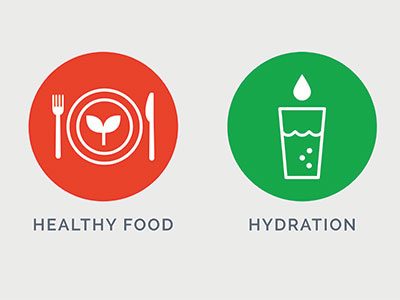


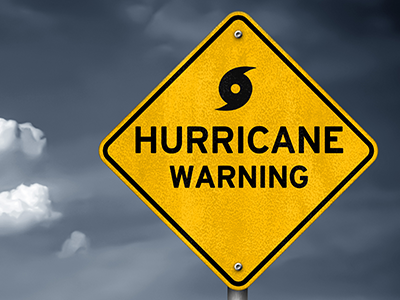
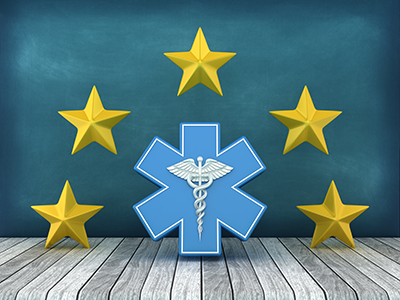
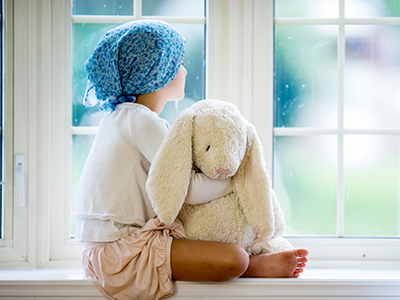
Leave a Comment
Want to join the discussion?Feel free to contribute!